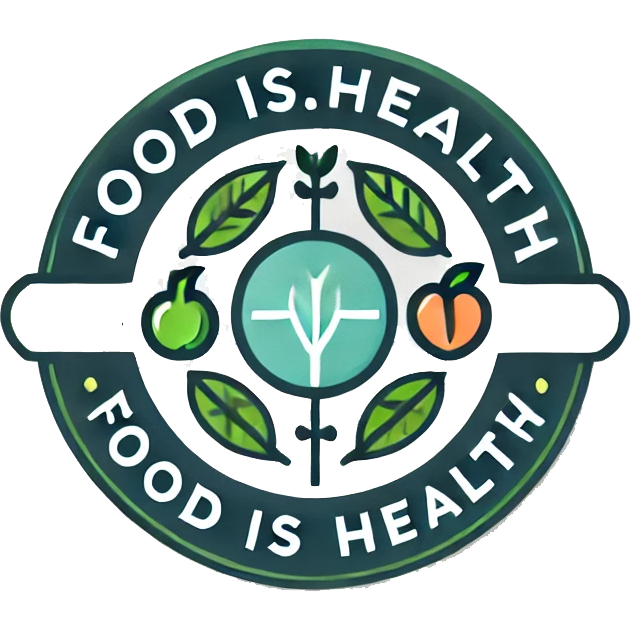Food allergies are more common than you might think. For some people, eating even a tiny amount of a certain food can trigger a severe reaction, while others may experience milder symptoms. But what exactly are the most common food allergens, and how do they affect the body?

The Top 8 Food Allergens
While there are many different foods that can cause allergic reactions, there are eight that are responsible for about 90% of all food allergies. These are often referred to as the “Big 8,” and they include:
- Milk
- Eggs
- Peanuts
- Tree Nuts (such as almonds, walnuts, and pecans)
- Fish
- Shellfish (such as shrimp, lobster, and crab)
- Wheat
- Soy
These allergens are commonly found in many everyday foods, which can make avoiding them a challenge for those who are allergic. Let’s break down each one and how it affects the body.
How Food Allergens Affect the Body
When someone with a food allergy eats a food they are allergic to, their immune system reacts as if that food is harmful. The body produces antibodies known as immunoglobulin E (IgE) to fight off the allergen, which can lead to a variety of symptoms. These symptoms can range from mild to severe, and in extreme cases, can even be life-threatening.
1. Milk
Milk is one of the most common allergens, especially in young children. A milk allergy is different from lactose intolerance, which is a digestive issue. In the case of a milk allergy, the immune system reacts to proteins found in milk, such as casein and whey. Symptoms can include hives, vomiting, and wheezing. In some cases, it can lead to anaphylaxis, a severe reaction that requires immediate medical attention.
2. Eggs
Egg allergies are also common in children, though many outgrow it as they get older. The immune system reacts to proteins found in the egg whites or yolk, although most people are allergic to the whites. Symptoms can include skin reactions like hives, respiratory issues like wheezing, and digestive problems such as stomach pain.
3. Peanuts
Peanut allergies can be very severe and are a major cause of anaphylaxis, which can be life-threatening. This type of allergy often begins in childhood and is usually lifelong. Peanut allergies happen when the immune system reacts to the proteins in peanuts, causing symptoms like swelling, difficulty breathing, and a drop in blood pressure. People with peanut allergies need to avoid even tiny traces of peanuts, as the reactions can be severe.
4. Tree Nuts
Tree nuts include almonds, walnuts, hazelnuts, cashews, and pecans, among others. Like peanut allergies, tree nut allergies can be severe and often cause anaphylaxis. Many people with tree nut allergies are allergic to more than one type of nut, and they need to be cautious about foods that may contain nut traces. Symptoms can include swelling, hives, and difficulty breathing.
5. Fish
Fish allergies are more common in adults than in children. The proteins in fish, such as parvalbumin, can cause allergic reactions in those with fish allergies. Symptoms can range from hives and nausea to severe reactions like anaphylaxis. Fish allergies are typically lifelong, and people with fish allergies should avoid all types of fish unless they have been specifically tested for different species.
6. Shellfish
Shellfish allergies can be divided into two types: allergies to crustaceans (such as shrimp, crab, and lobster) and mollusks (such as clams, oysters, and squid). Crustacean allergies are more common and are a leading cause of food allergy reactions in adults. Like fish allergies, shellfish allergies can lead to symptoms like hives, digestive issues, and anaphylaxis.
7. Wheat
Wheat allergies are often confused with celiac disease, but they are different. A wheat allergy involves an immune reaction to proteins found in wheat, such as gluten, but it is not the same as the autoimmune response seen in celiac disease. Symptoms of a wheat allergy can include skin reactions, respiratory issues, and digestive problems. People with a wheat allergy need to avoid not only bread and pasta but also many processed foods that contain wheat as an ingredient.
8. Soy
Soy allergies are more common in children, but many outgrow them by adulthood. Soybeans are a part of the legume family, and people with soy allergies react to the proteins found in soy. Symptoms can include itching, swelling, and digestive problems. In some cases, soy allergies can lead to anaphylaxis. Soy is found in many processed foods, so it can be difficult to avoid.
Cross-Reactivity and Hidden Allergens
One of the challenges with food allergies is that some foods can have “hidden” allergens. For example, processed foods may contain traces of peanuts, tree nuts, or soy, even if they are not listed as a main ingredient. This is why people with severe allergies need to be vigilant about reading food labels.
Additionally, cross-reactivity can occur with certain allergens. For example, people with a latex allergy may also react to foods like bananas or avocados, as they contain similar proteins. This is known as latex-fruit syndrome.
Managing Food Allergies
For people with food allergies, the best way to prevent a reaction is to avoid the allergen entirely. This requires careful reading of food labels, asking questions when eating out, and being cautious about cross-contamination in kitchens.
If someone has a severe allergy, they may need to carry an epinephrine auto-injector (commonly known as an EpiPen) at all times. This device can deliver a dose of adrenaline that helps reverse the symptoms of anaphylaxis and can be life-saving.
Conclusion
Food allergies are a serious issue that affects millions of people around the world. The “Big 8” allergens—milk, eggs, peanuts, tree nuts, fish, shellfish, wheat, and soy—are responsible for the majority of food allergy reactions. These allergens can cause symptoms ranging from mild skin irritations to life-threatening anaphylaxis.
The best way to manage food allergies is through education, awareness, and careful avoidance of the allergen. For those with severe allergies, carrying an epinephrine auto-injector is essential for safety. By understanding food allergens and how they affect the body, individuals with allergies and their loved ones can take steps to live safely and healthily.
Make sure to check out more articles in our News & Views section. Feel free to reach out any time to collaborate with Food Is Health on projects which help people heal through natural food & nutrition.
Organic vs Conventional Food | Food Preservatives & Additives | Anti-Inflammatory Diets | Gut Health & Probiotics | Plant-Based Diets | Detox Diets & Cleanses | Food Allergies & Sensitivities Functional Foods | Sustainable Eating & Food Waste | Ag Related Topics | Popular Topics
